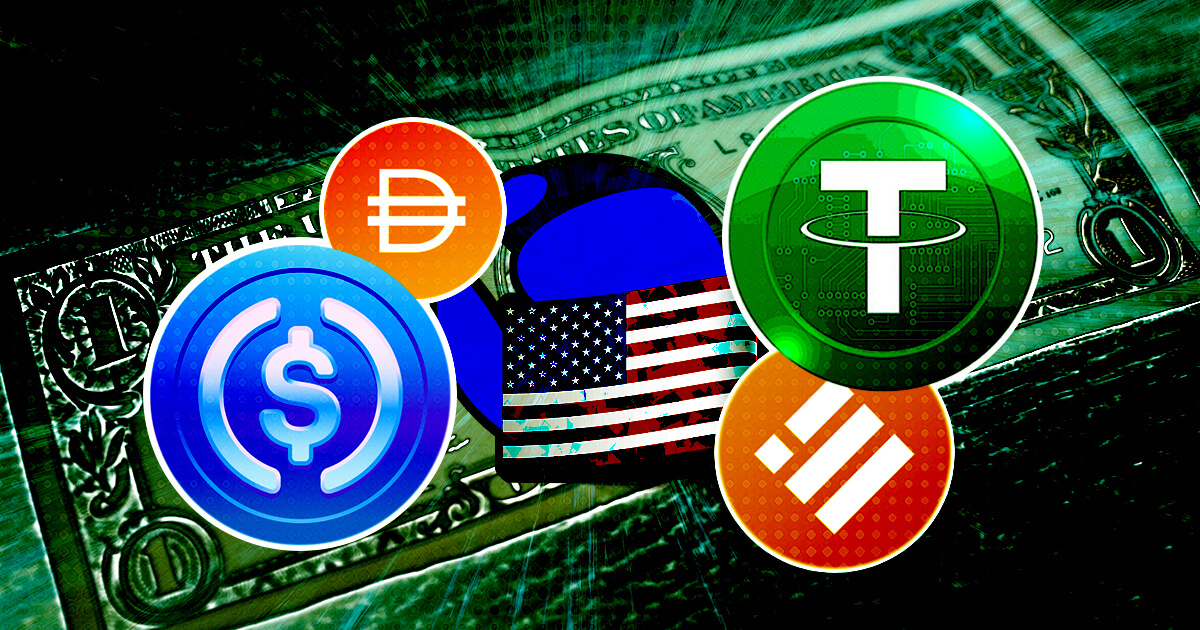It’s been over a week since Terra UST de-pegged, triggering a massive market drawdown.
UST’s market cap plummeted from $18.7 billion to $1.15 billion at writing. Similarly, the Terra LUNA token dropped from $21 billion to $236 million at its lowest point on May 13. The event was a wake-up call for investors who were blindsided by the severity of the losses, the repercussions of which will be felt years from now.
Previously, the UK had expressed interest in recognizing stablecoins, even proposing greater legacy integration. But now, the mere mention of them is enough to make anyone nervous. Has anything changed?
How Terra UST maintains price stability
The first sign of trouble came on May 9 as UST broke its 1:1 peg with the dollar. Unlike other stablecoins such as Tether, UST maintains its peg through an algorithmic process that moderates supply and demand in conjunction with the LUNA token.
If UST demand is high and the supply is low, the UST price increases. Likewise, the UST price decreases when demand is low, and supply is high.
Controlling this process and tying UST close to its $1 peg, the Terra ecosystem operates through the interaction of two pools of UST and LUNA. By minting one while burning an equivalent value in the other, the pools contract and expand in proportion to one another.
“To maintain the price of Terra, the Luna supply pool adds to or subtracts from Terra’s supply. Users burn Luna to mint Terra and burn Terra to mint Luna, all incentivized by the protocol’s algorithmic market module.”
When the UST price is too high relative to $1, the protocol incentivizes users to mint UST and burn LUNA. The added UST supply makes the UST pool bigger and drops its price. This action also contracts the LUNA supply and acts as a mechanism to increase the LUNA price.
The opposite situation is when the UST price is too low relative to $1, this means there is more supply than the demand. The protocol incentivizes users to mint LUNA and burns UST in this…
Click Here to Read the Full Original Article at Stablecoins – CryptoSlate…
























